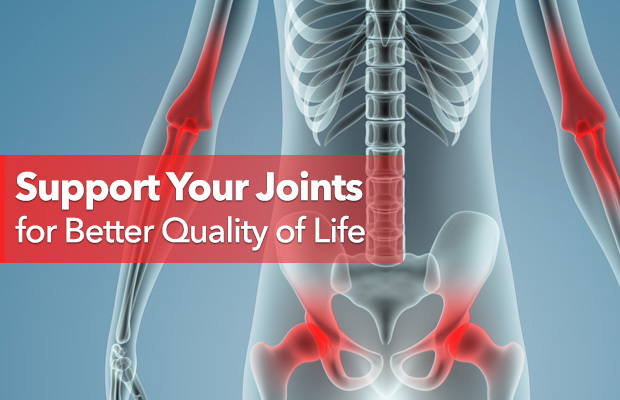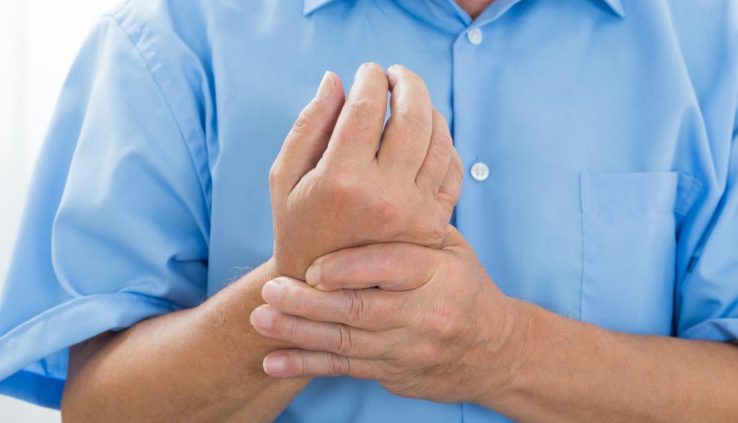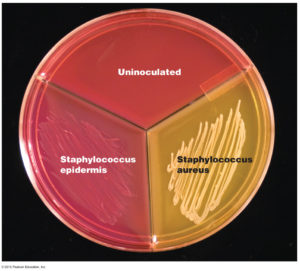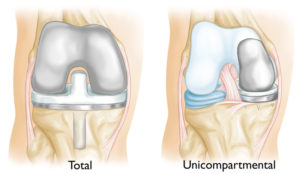To maximize the potential for prevention and recovery, it is important to make a commitment to daily stretching and cardiovascular exercise and to perform strengthening exercises 3-4 times per week depending upon your schedule and your symptoms.
Begin with postural and core strengthening, especially If you are painful or if the injury is acute. Progress into strengthening for the hand, wrist and elbow as symptoms and pain tolerance allows.
Exercise sessions do not need to be long. Taking 2-3 minutes for stretching every hour while working will improve your comfort. Studies show that these mini rest-breaks actually increase your productivity by the end of the day! (more…)
Read More



